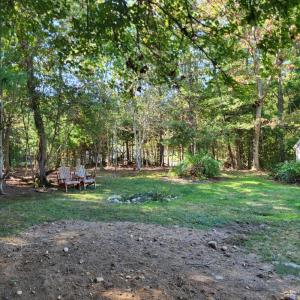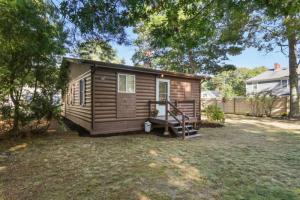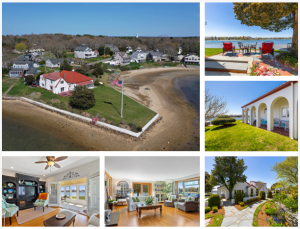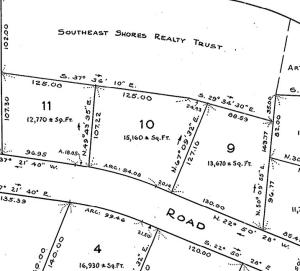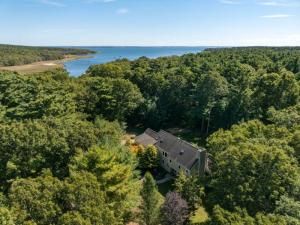A.D. Makepeace pivots from business, residential construction to solar
A.D. Makepeace has pulled back from plans to build new office buildings and residential subdivisions in Wareham and surrounding towns, but CEO Jim Kane said he thinks residents should be pleased by the news.
The land originally slated for those projects has been used instead for solar fields or put into conservation, Kane said. Solar fields provide income to the town without the costs to services associated with business and residential uses, like demands for first responders or new kids enrolling in Wareham schools.
The world’s largest producer of cranberries, the company owns extensive swaths of land across Wareham and developed several residential neighborhoods off Tihonet Road, as well as the Rosebrook complex.
There’s also an environmental benefit to Makepeace’s revised plans, Kane said, noting that the impact of construction and new roads is far greater than that of solar fields.
“It’s a great outcome, we believe, compared to what could have been endless subdivisions,” Kane said.
Environmental activists have heavily criticized Makepeace’s already-existing solar fields, arguing that the projects damage ecosystems and could cause polluted stormwater runoff.
One abandoned plan would have created the “Tihonet Technology Park” off Farm-to-Market Road. Solar arrays now sit on the land cleared for that project, according to the company’s filing with the state. Also scuttled: 405 more single-family homes in Wareham.
The change in plans was made public in an environmental impact report released by the company in late March. Since 2007, the company has been holding quarterly meetings as part of a process mandated by the Massachusetts Environmental Protection Agency. That structure is designed for companies working on a series of related developments.
“Since then, that development has run its course,” Kane said. “So the special review procedure is now being wrapped up.”
Kane said that the change in plans is in part due to a lack of demand. For the past 10 years, he said, the company has been marketing the site between All American Assisted Living and the medical offices at 100 Rosebrook — a location they thought would host another office building. But no one’s interested, Kane said.
Kane said that another variable is the lack of municipal sewer capacity. Companies don’t want to wait two years to get a permit to build their own wastewater treatment plant, he said.
Additionally, the cost of construction has increased so much over the past 15 years that renting out the finished space might not cover costs, he said.
“What we have done is go in a different direction that has resulted in a tremendous reduction of impacts, when compared to what was originally envisioned in terms of water usage, wastewater creation, and traffic,” Kane said.
Makepeace plans to place about 1,500 acres of land in Wareham and Plymouth into conservation. That land connects to the Myles Standish State Forest.
At the May 23 Planning Board meeting, Town Planner Ken Buckland said that while A.D. Makepeace’s revised plan for its properties in the Business Development Overlay District will create revenue for the town, it won’t create jobs for Wareham residents.
Per town bylaws, creating sustainable, year-round employment for Wareham residents was one of the goals of establishing the Business Development Overlay District back in 2003. That district includes hundreds of acres of land owned by A.D. Makepeace. The zoning allows for industrial and business uses to coexist with agriculture.
Therefore, Buckland said, he thought it would be a good idea for officials to take another look at the town’s economic development plans and master plan with this new information in mind. One strategy to promote development — with new jobs — could be to expand industrial districts, Buckland said.
“We want to generate wealth for the residents in town,” Buckland said. “We want to have the jobs associated with it.”























